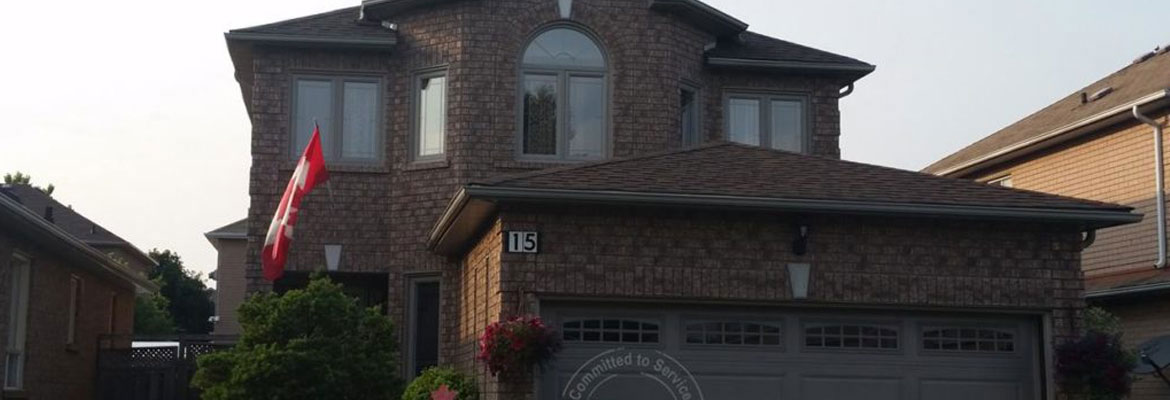As a homeowner, one of your primary concerns is to cut costs. This includes your energy bills. It pays to have windows and doors that are energy efficient. Such things as window curtains and window tint film can improve the overall energy efficiency of your windows.
The following blog will highlight the main differences between window coatings, film, and tints. This applies to different window designs, including awning windows as well as vinyl casement windows. This information will help you choose the best windows for your home to provide durability, style, and energy efficiency.
Major Differences Between Window Tint Film and Windows Coatings for Better Energy Efficiency
Window Tints
Are you concerned with keeping your furniture and rugs from fading due to extreme sunlight? If so, window tints might be the way to go. Tinting windows are ideal for protecting the items in your home from damage from ultraviolet light.
However, it is best to keep in mind that tinted windows absorb a great deal of sunlight due to their tinted properties. This can cause the window’s surface to overheat, resulting in cracks in the windowpane. This makes them less energy efficient than other window coatings and can lead to costly repairs.
If you live in an area that is prone to very cold temperatures, tinted windows may not be the best solution. While tinted windows are a good way to cool down your home during the hot and humid days of summer, they are not made for colder weather conditions. They are perfect if you value the privacy of your neighbors they provide. But, on the other hand, they are not ideal for those looking to cut energy costs.
Window Coatings
Is your main concern with window replacement to lower those high energy bills? If so, then Low-E (low-emissivity) coatings could be the answer to your money problems. Low-E windows are designed with a layer of thin metal pieces covering the glass surface. This coating will prevent heat loss while increasing solar gain. As a bonus, they also give you a clear view of the outdoors year-round despite the weather conditions that might be occurring at the time.
As energy efficiency is a primary concern with window replacement for Canadian homeowners, most window companies design all of their windows with Low-E coatings. They are especially useful for those windows that face the south, east, and west sides of your home due to the fact that these accumulate the greatest amount of sunlight during the day.
Bonus Tip: Pairing Low-E coatings with double or triple-pane windows can double the energy efficiency of your home. Not only will your windows come with the additional layer of Low-E on the extra pane(s), but they can also be filled with inert gases to prevent fog and frost from forming on your window panes. You will notice a major difference in your heating and cooling costs with triple or double-pane windows complete with Low-E coatings.
Window Tint Films
Window tints are ideal for those who value privacy, while window films are suitable for those who prefer energy-efficient windows. Window films are manufactured to reflect the ultraviolet rays away from the window surface to prevent it from overheating. As they serve as a double-sided membrane, they are designed to warm your home during harsh Canadian winters. They are far superior to window tints for improving your home’s energy efficiency.
The only disadvantage of window security films is that they do, in fact, reduce the amount of natural light as well as the overall visibility of your windows. This will make your home appear darker, so you have to rely more on artificial lighting to brighten your home.
If you are still confused about whether window coatings, tints, or window tint film will best fit your home, contact WindowTech Windows and Doors. Our expert staff will work with you to find the most energy-efficient windows.


